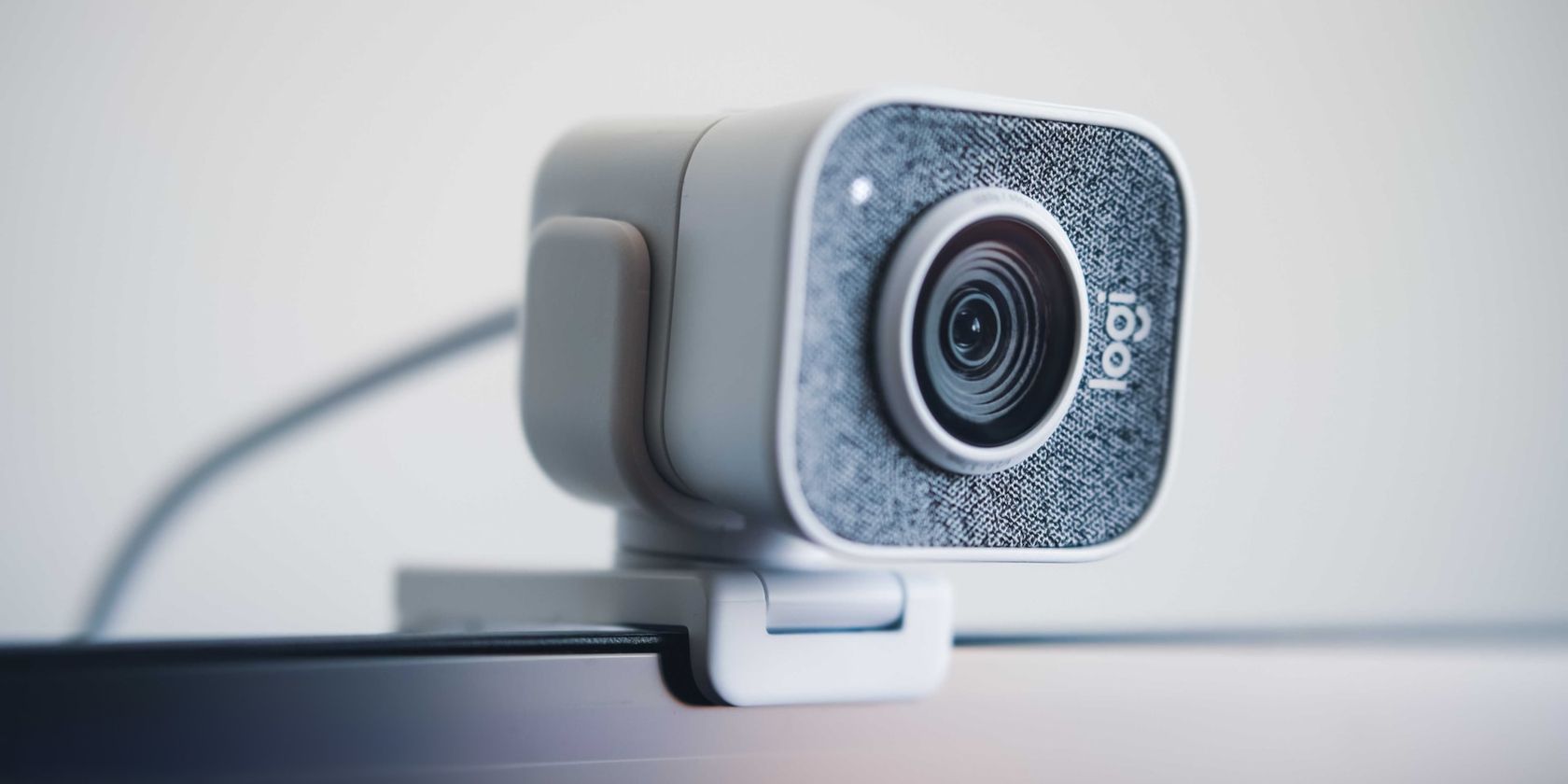The type of computer or mobile device you have determines your webcam needs.
Laptops, monitors, smartphones, and tablets have built-in cameras of varying quality, but you can add external ones, too. For most PCs, however, you have to make that extra investment.
When a webcam is at the top of your shopping list, it’s a good idea to learn the differences between a built-in webcam and an external webcam. So, here are seven key differences between external and integrated webcams, and which one you should choose.
1. Webcam Image Quality
In terms of the image quality, a built-in webcam will typically come with a resolution of 1080p, if not 1440p. Some laptops also feature 5MP sensors to take their performance further. Depending on age, though, you might also find integrated webcams still using 720p.
Ultimately, HD webcams are common in computers and other devices, but you need to make sure that the rest of the package is to your liking.
With external webcams, you have more options to work with, but you need to know your priorities. For example, do you want a camera for smooth conference calls or live streaming?
Such goals determine what kind of technology to aim for, such as a high-end webcam or one of the best budget webcams around. Some external models offer 1080p and 60 FPS image quality and beyond, but the extra features set these cameras apart.
2. Range of Webcam Features
External webcams outshine their built-in counterparts when it comes to default features. A single device can have lighting and special settings, like smart focus, exposure, audio, facial tracking, and more.
A camera built into a computer or phone can also offer these things, but it all depends on what the device can accommodate. And, while you can install software on a powerful device and exceed the performance of external webcams, the cost isn’t always worthwhile.
Once again, it comes down to what you have, your needs, and what you’re willing to pay. You could invest in a high-end webcam with all the features your computer lacks. Alternatively, save up for the perfect laptop or monitor and dodge unnecessary expenses for webcam luxuries.
3. Flexibility of Webcam Movement and Capabilities
The main benefit of an external webcam is that you can move it around and try different angles. Built-in technology mainly depends on the movement of a computer’s monitor or your hand. A smartphone holder does make things easier.
But flexibility also refers to how much you can do with your webcam—how adaptable it is. For example, installing handy software while fine-tuning the settings of a laptop’s camera is great for stationary recording, but what if you need more?
A vlogger who wants to document different places or DIY projects in various parts of a room without worrying about the quality of the footage is better off with a high-end external webcam.
Does your work demand a mixture of sitting and moving? You could get a decent external device for when your built-in tech doesn’t quite cut it or use your smartphone camera alongside your computer.
4. Ease of Webcam Transport
An external webcam is usually lightweight, but you still need to connect it to something, whether wirelessly or via USB. You can link it to your smartphone or tablet if you want to work on the go but not carry anything heavier.
Then again, turning your phone into a webcam is one of your best options here, especially if all you’re doing is moving around and recording.
For more intensive work that demands a computer, consider buying a good but small laptop with webcam capabilities that fit your needs.
Whether you go for a built-in or external camera, there are ways to transport your tech with as little hassle as possible.
5. Caring for and Troubleshooting Your Webcam
Both types of webcam require maintenance, like cleaning the lens and ensuring their settings are up to scratch. With external devices, you also take care not to break the rest of their components—clip, wiring, and so on.
That said, the software is likely to give you more trouble than the hardware. Whether built-in or external, your camera has features that might glitch from time to time. Minimizing this risk comes down to choosing a reliable device.
Additionally, the programs you connect your webcam to can bring up issues of their own. Just look at the details on Skype’s support page dedicated to call quality problems—your webcam can be the least of your worries.
The bottom line is that both built-in and external cameras need care and a fair amount of troubleshooting. How much comes down to the quality of your webcam and technology surrounding it, as well as your knowledge of how to fix them.
6. Webcam Security
It’s true that hackers like to target cameras, but there are ways to prevent and counter such threats. Firstly, built-in and external webcams are all mostly software, so their main defense is your cybersecurity.
One difference to keep in mind is that you can immediately unplug an external camera when problems arise, whereas embedded technology requires several steps, depending on the operating system.
Also, it’s best to keep a laptop or smartphone camera covered when you’re not using it. An external device you can plug in when necessary.
Such details are minor, but they can help you choose a webcam that you can easily protect. Whichever type you go for, make sure you have good antivirus software installed and that you pay attention to alerts and suspicious glitches.
7. Webcam Cost
An external webcam can cost anywhere between $12 and $150. Some models come with a tripod, while separate ones are around $8 to $100 each. Play your cards right, and you could find yourself a nice deal.
If you need a whole new monitor or device with your webcam, quite simply, the price goes up. There are bargains at almost the same price as a top-notch webcam and tripod together, but a $200-laptop may not perform as well as a more expensive system.
At the end of the day, getting a webcam for simple office work doesn’t have to cost you much, even if you prefer built-in technology.
Greater needs point to more impressive gear, so think carefully about your requirements and how you can cut the cost. Again, the technology you already have and cheap (if not free!) software could do the trick.
Learn How to Make the Most of Your Gadgets
Choosing between a built-in and an external webcam is a challenge that involves understanding their qualities and price tags. Once you settle on the right type, just browse products within that category. For extra convenience to you and your pocket, it’s always worth checking if your existing tech (like your smartphone or even a digital camera) can do the job instead.
About The Author

